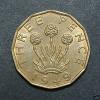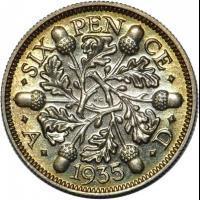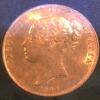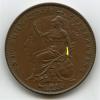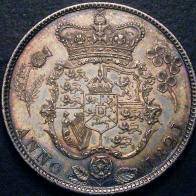When I was a rookie collector, I made mistakes and forked out on some overpriced coins. But I never whined and complained about it, as though it were somebody else's fault. I simply observed, learned, did more reading, researched my field and improved my expertise. As time moved on, I even started to pick up some bargains.
When building my collection, I've even taken the hit from the money spent on an earlier coin, by upgrading that specimen. It's because our interest tends to override the cost. Indeed, most coin collectors are in it for the actual coins themselves, and have no intention of actually selling them anyway. Or would only do so if they genuinely needed the money for other things.
 Coinpublications.com
Coinpublications.com
